Scotland may not be the first place that springs to mind when ‘island paradise’ is mentioned. But the country is home to 790, and was only seven years ago named the world’s most beautiful country. How’s that for paradise?
As a nation we’re all familiar with Ko Phi Phi, Bali and Santorini, but what to we actually know about the islands of our closest neighbour? Well, they’re mainly divided into four groups, Shetland, Orkney and the Hebrides, which are sub-divided into the Inner and Outer Hebrides. So if you’re thinking of adding some to your next travel itinerary, then read on. Here are 9 Scottish island holidays IDEAL for wildlife, whisky and wee adventures.
Orkney Islands
Just off Scotland’s northern coast lies a majestic clutch of islands, shaped by the elements and dating back over 6,000 years. Orkney is famous for its mystical, majestic Neolithic sites, particularly the Standing Stones of Stenness and Ring of Brodgar. A grouping of these sites, ‘the Heart of Neolithic Orkney’ has been granted UNESCO World Heritage status.
If wildlife is more your thing, then Orkney is generally considered Britain’s premium destination for seal watching, both of the Harbour and Grey variety. You’ll see them splayed out endearingly on rocks and sand, and if you visit in October, you’ll catch the laughably cute seal pups feeding for the first time.

The Isle Of Mull
The Isle of Mull, the second-largest island of the Inner Hebrides, is a captivating destination that offers a perfect blend of stunning landscapes, rich wildlife, and a taste of Scotland’s finest whisky. With its rugged coastline, rolling hills, and charming villages, Mull is a paradise for nature lovers and adventure seekers alike.
Mull offers a plethora of outdoor activities for those seeking adventure. The island’s varied landscape is perfect for hiking, with trails ranging from gentle coastal walks to challenging mountain climbs. Ben More, Mull’s highest peak, offers a rewarding hike with panoramic views of the island and beyond.
For a more leisurely experience, explore the island’s picturesque villages. Tobermory, the island’s capital, is famous for its colorful waterfront buildings and bustling harbor. Here, you can browse local shops, enjoy fresh seafood at one of the many restaurants, or simply take in the charming atmosphere.

Mull is renowned for its incredible wildlife, making it a top destination for nature enthusiasts. The island is one of the best places in the UK to see white-tailed sea eagles, often referred to as “flying barn doors” due to their impressive wingspan. These majestic birds can frequently be spotted soaring above the island’s cliffs and coastlines.
In addition to sea eagles, Mull is home to a variety of other bird species, including golden eagles, hen harriers, and puffins. The island’s diverse habitats, from moorlands to coastal areas, support a rich array of wildlife. Otters are commonly seen along the shores, and the island’s waters are a haven for marine life, including seals, dolphins, and even whales. Boat tours from Tobermory offer the chance to see these magnificent creatures up close.
For whisky aficionados, a visit to the Tobermory Distillery is a must. Established in 1798, it is one of the oldest commercial distilleries in Scotland. The distillery produces two distinct single malts: the unpeated Tobermory and the peated Ledaig. A guided tour of the distillery provides fascinating insights into the whisky-making process, from malting and mashing to fermentation and distillation. Of course, no visit would be complete without sampling the finished product, allowing you to savor the unique flavors of Mull’s whisky.
The Isle of Mull is also steeped in history. Visit Duart Castle, the ancestral home of Clan Maclean, which stands proudly on a rocky outcrop overlooking the Sound of Mull. The castle offers a glimpse into the island’s past, with its well-preserved rooms, dungeons, and stunning views.
Mull serves as a gateway to other nearby islands, each with its own unique charm. A short ferry ride from Fionnphort takes you to the Isle of Iona, known for its historic abbey and tranquil beauty. Alternatively, take a boat trip to the Treshnish Isles, a group of small islands renowned for their wildlife, including puffins and seals.
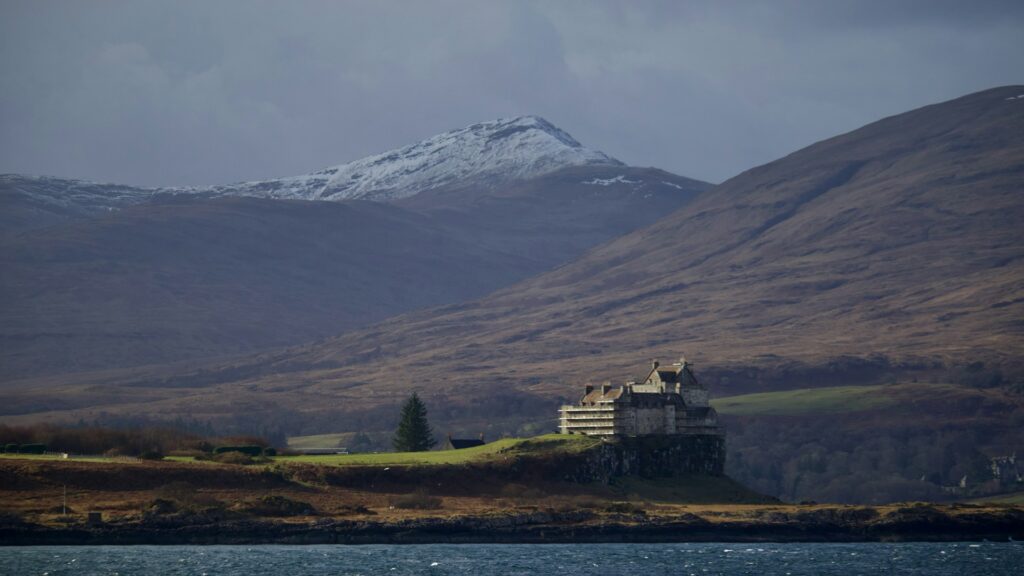
Loch Lomond
While not an island, Loch Lomond is a quintessential Scottish destination that offers a unique blend of wildlife, whisky, and wee adventures, so we simply couldn’t leave it out. Located within the Loch Lomond and The Trossachs National Park, this stunning freshwater loch is the largest in Great Britain by surface area and is surrounded by breathtaking scenery.
Loch Lomond is a haven for wildlife enthusiasts. The loch and its surrounding areas are home to a diverse range of species, including red deer, ospreys, and even the elusive pine marten. Birdwatchers will be delighted by the variety of birds that can be spotted, from majestic golden eagles to charming songbirds.
For those interested in whisky, a visit to the nearby Glengoyne Distillery is a must. Situated just a short drive from the loch, Glengoyne is one of Scotland’s most picturesque distilleries. Here, you can take a guided tour to learn about the traditional methods of whisky production and enjoy a tasting of their exquisite single malts.
A little more utilitarian in design, in a ‘this whisky means business’ kind of way, the Loch Lomond Distillery is one of the region’s most respect, with the limited edition whisky at lochlomondwhiskies.com nuanced and tasting of the region’s distinctive terroir.
Loch Lomond also offers a plethora of outdoor activities for those seeking adventure. You can explore the loch by boat, kayak, or paddleboard, taking in the serene beauty of the water and its islands. Hiking enthusiasts will find numerous trails, including the popular West Highland Way, which offers stunning views of the loch and the surrounding mountains.
For a more leisurely experience, take a scenic drive around the loch, stopping at charming villages like Luss and Balmaha. These picturesque spots offer quaint shops, cozy cafes, and beautiful views of the loch.
Read: What to eat, drink, see and do in Stirling
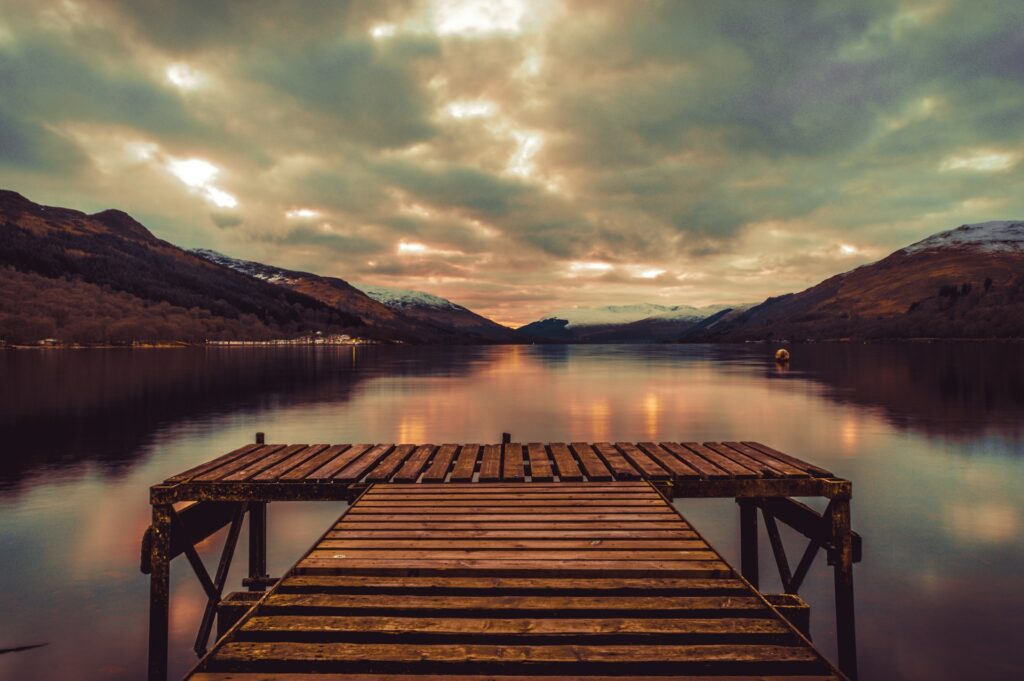
The Isle Of Harris
The Isle of Harris, part of the Outer Hebrides, is a stunning destination known for its dramatic landscapes and rich cultural heritage. Harris is famous for its beautiful beaches, such as Luskentyre and Seilebost, which boast white sands and turquoise waters that rival any tropical paradise. These beaches are perfect for a peaceful stroll or a refreshing swim in the clear, albeit chilly, waters.
Harris is also renowned for its Harris Tweed, a handwoven fabric that has been produced on the island for centuries. Visitors can tour local weavers’ workshops to see the intricate process of creating this iconic material and even purchase some unique pieces to take home.
For wildlife enthusiasts, the Isle of Harris offers opportunities to spot golden eagles soaring above the rugged hills, as well as otters playing along the coastline. The island’s diverse habitats support a variety of bird species, making it a birdwatcher’s haven.
Whisky lovers will appreciate the Isle of Harris Distillery, known for its award-winning Isle of Harris Gin. The distillery offers tours that provide insight into the production process and the chance to sample their exquisite spirits.
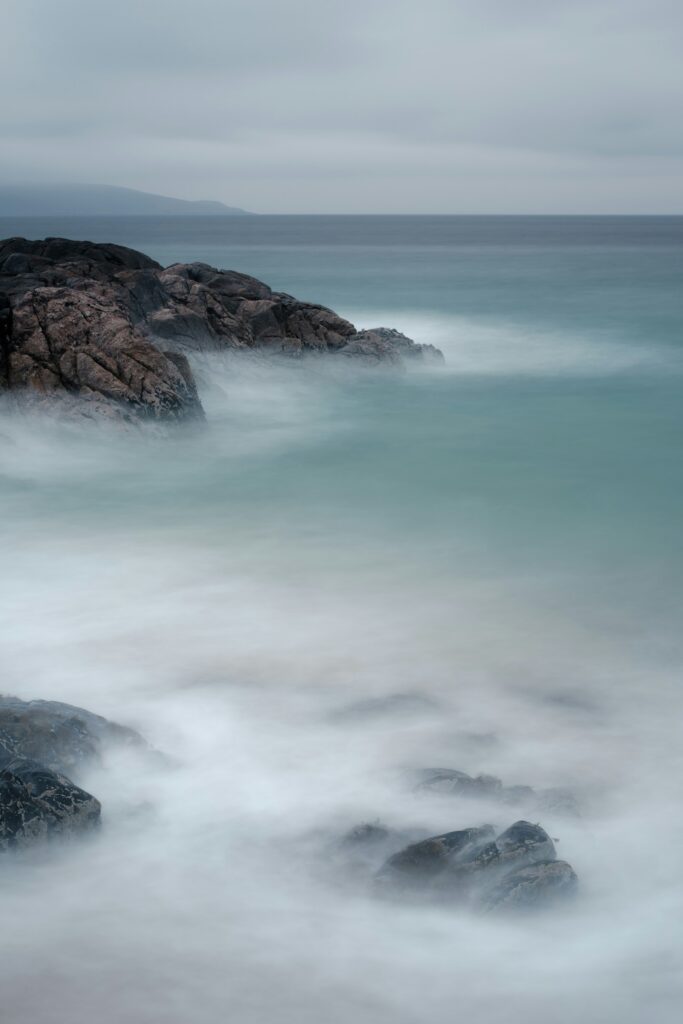

Jura
Jura is one of the wildest locations in Scotland, and that’s saying something. This long, narrow island is most recognisable for its magnificent mountains, cracking local whisky and small population of just 200 people, who are comfortably outnumbered by the island’s wild deer.
This remote island is home to over 7000 red deer, with seven estates currently responsible for their protection and wellbeing. Jura has a coastal edge which stretches for almost 115 miles where you’ll see an abundance of other wildlife too, including highland cows, species of songbirds, guillemots, otters and seals. There are a couple of restaurants on the island which endeavour to celebrate Jura venison when in season; a must try if you see it on the menu.

The Isle Of Islay
Islay has been dubbed ‘the Queen of the Hebrides’ and is probably best known for its whisky production. There are currently eight functioning distilleries, renowned for their production of the smoky, peaty good stuff. These units across Islay welcome visitors all year round, offering tours of the origins of whisky distilling on the island. If you’re up for seeing all eight in the same day, make sure you hire a driver, such as the guys at Private Driver Scotland, so you can imbibe with abandon.
For those who don’t enjoy a dram, Islay is buzzing with wildlife and fantastic scenery. What’s more, The Festival of Malt and Music, held annually at the end of May, is reason enough to visit.
Skye
The Isle of Skye, the largest of the Inner Hebrides, is world famous for its cinematic vistas and, not surprisingly for a landscape of this majesty, has been the set of some massive blockbusters in recent years; the B.F.G and King Arthur: The Legend of the Sword, to name but two. The island also presents perhaps Scotland’s best opportunity to see the Northern Lights, with nine (yes, nine) discovery sites offering views from October to March.
For adventurers and adrenaline seekers, Skye offers plenty of scope for mountain biking, water sports and rock climbing, and on the wildlife front, you’ll find species of dolphins, sharks, red deer and puffins amongst others. For those looking for a gentle excursion, The Fairy Pools at Glenbrittle are a must. These stunning rock pools of crystal clear spring water fed by series of waterfalls are easily accessible and great for a quick, albeit cold, dip.

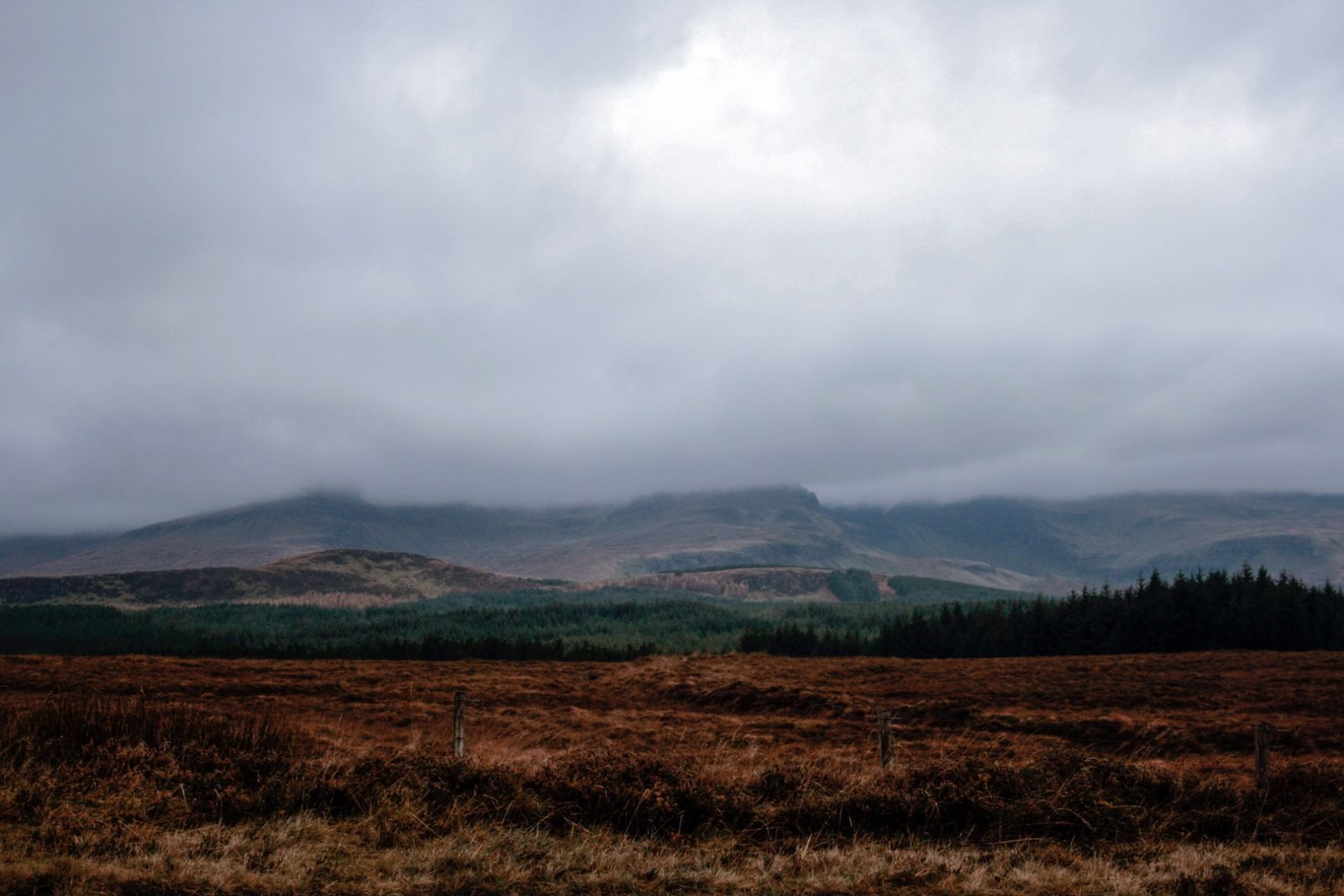
The Shetland Isles
The Shetland Islands, located at the northernmost point of the British Isles, offer a unique blend of rugged beauty, rich history, and vibrant culture. Beyond the stunning landscapes and abundant wildlife, Shetland is also known for its strong Norse heritage. Visitors can explore ancient archaeological sites such as Jarlshof, which showcases over 4,000 years of human history, from the Bronze Age to the Viking era.
The islands are also famous for their traditional music and lively festivals, such as the Up Helly Aa fire festival, where locals celebrate their Viking roots with torch-lit processions and the burning of a Viking longship. This rich cultural tapestry, combined with the islands’ natural beauty, makes the Shetland Islands a truly captivating destination.
The Shetland Isles are packed with heather clad moorlands and surrounded by vivid blue shores. The Shetlands has over 6,000 years of history and legend, with gripping stories of the islands’ Viking origins. Shetland is proudly part of the National Cycling Network with the North Sea Cycle Route passing through the island, giving an opportunity for riders to see wildlife at first hand and in motion. Birdwatching is a particular highlight here; keep your eye out for gannets, guillemots, puffins, razorbills and kittiwakes. Killer whales have been known to swim close to the shore here, too. Exciting stuff!
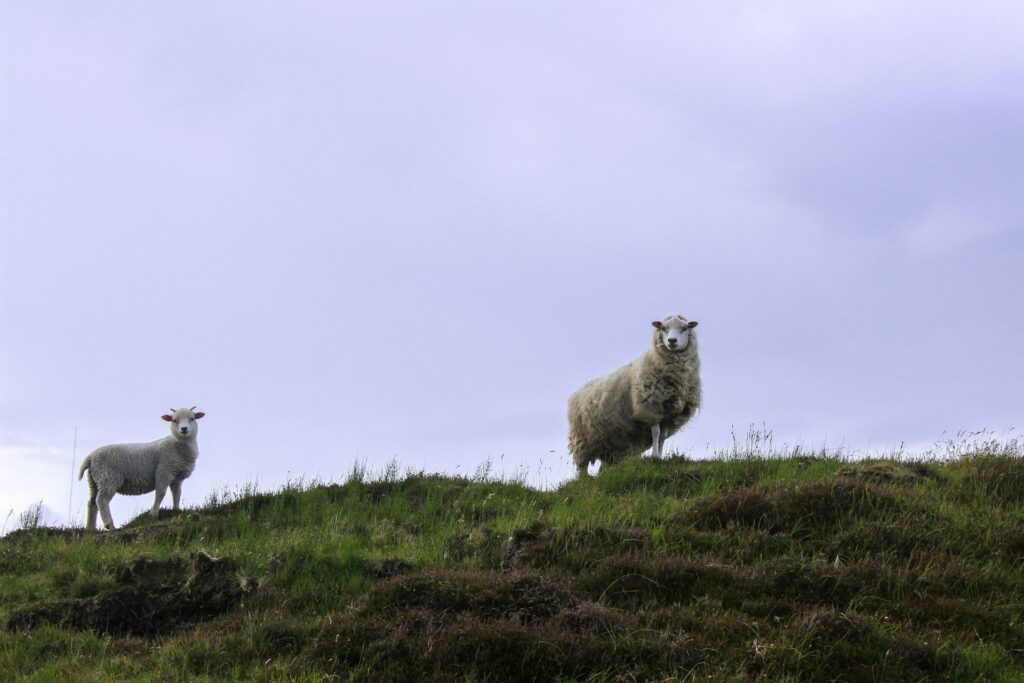
The Isle Of Arran
The Isle of Arran, often referred to as “Scotland in Miniature”, offers a microcosm of the country’s diverse landscapes and attractions. In addition to its stunning scenery and outdoor activities, Arran is home to a wealth of historical sites. Brodick Castle, with its beautiful gardens and woodland trails, provides a glimpse into the island’s past and offers spectacular views over Brodick Bay.
The island also boasts several ancient stone circles and standing stones, such as those at Machrie Moor, which date back to the Neolithic period. For those interested in local produce, Arran is renowned for its high-quality food and drink, including the award-winning Arran Cheese and Arran Aromatics. The island’s vibrant arts and crafts scene, with numerous galleries and workshops, adds another layer of charm to this already enchanting destination.
Filled with incredible beaches, heritage, art and hospitality, the Isle of Arran has a little something for everyone. The renowned Island Cheese Company calls Arran home; try their supremely confident cheddar and Arran blue. Oh yes. Finish your island adventure at Brodick Bay, which the Isle of Arran distillery has named a new Sherried single malt after.





